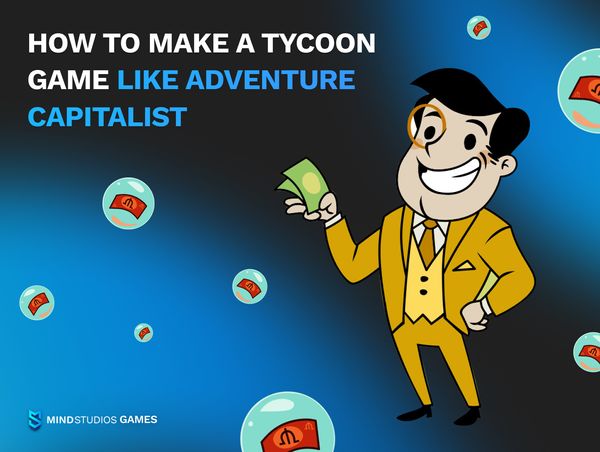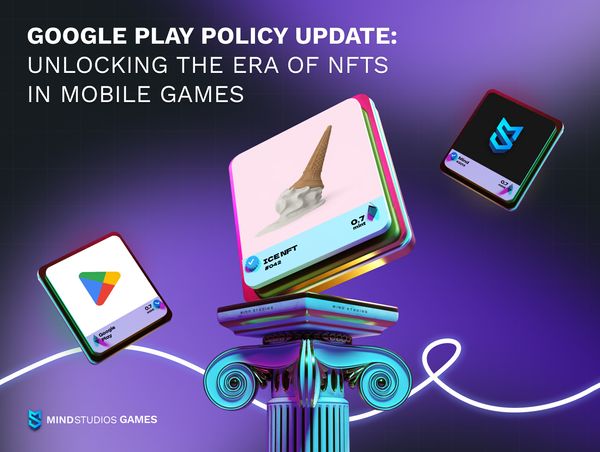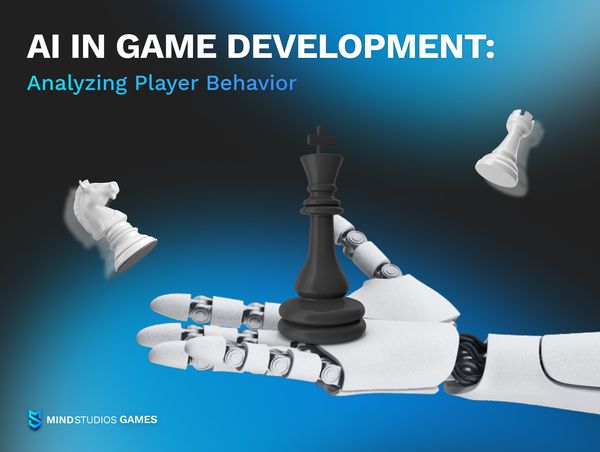With the rise of blockchain technology, NFTs in mobile games have gained significant attention, allowing developers to create unique, tradable digital assets within their games. So you are thinking about creating your NFT game and minting your NFTs, or even more — you’ve managed to create your NFT collection already. Cool! Do you want to know how to develop NFT games to use your assets in?
How to enable your collectors to use their NFTs while playing your game? Or maybe you’re interested in NFT game development cost? How much time will it take? I bet your questions do not end here.
At Mind Studios Games, we have some experience in building an NFT game. We worked for Wasted Wales and for a blockchain-based metaverse XMANNA for sports teams and their fans. For the former, we’ve created a 2D arcade game called Flappy Whales, and for the latter, two card games. Finally, we were also part of the Japanese Born Ape Society project, creating some NFT designs and an instrument for engagement increase called Airdrop. We’ll talk about these projects in a bit more detail in a section at the end of this article.
We’d like to make the subject of NFT game development simple and clear for you — so we've prepared this piece.
Here, you’ll find out what mechanisms are at the heart of smoothly running NFT games and will get a rough project estimate. Furthermore, you’ll learn how to create an NFT game with the right game economy to ensure your collectibles' price-stable growth — and that’s something vital for your project's success.
If you find this article interesting and would like to share your idea with us or ask additional questions — feel free to get in touch via our contact form.
Value of NFT games: the P2E phenomenon
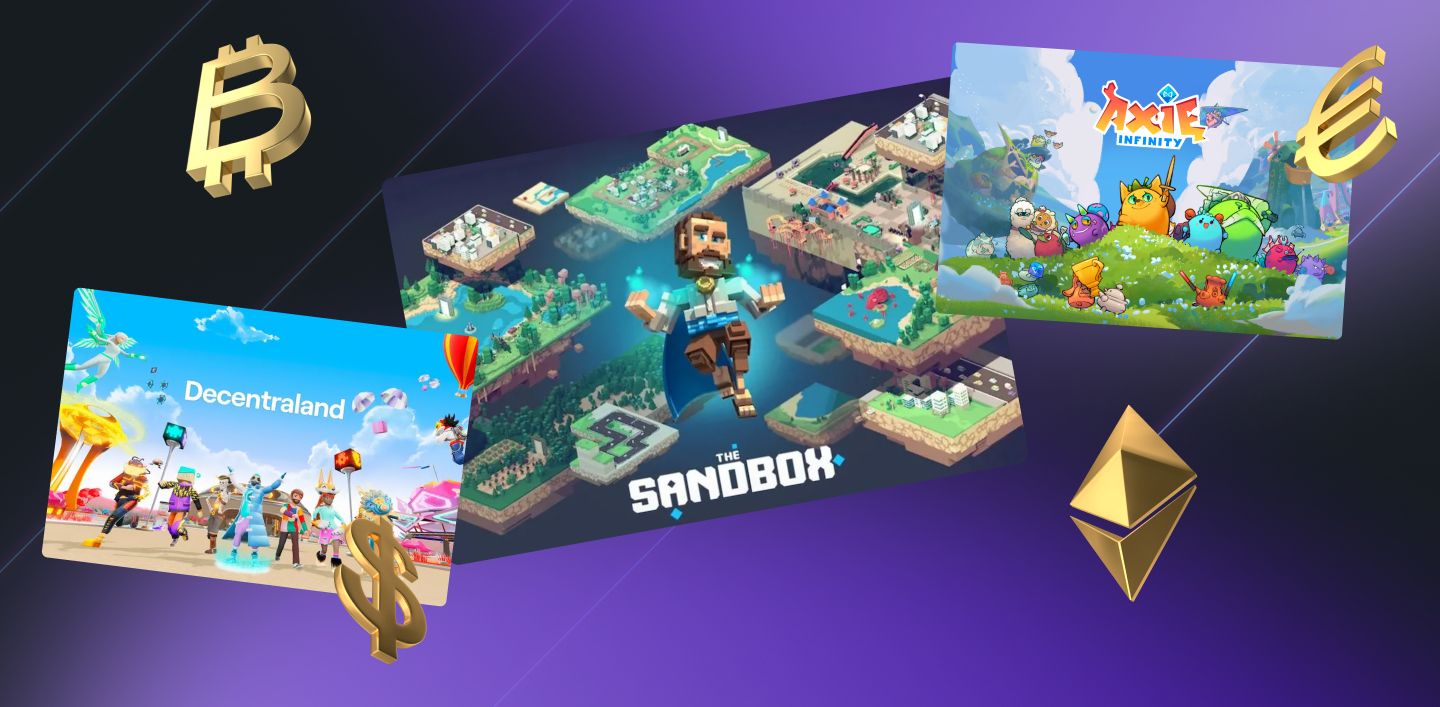
Picture this: You bought three mystic skins worth $1,000 and after a month decided to quit the game since you got bored with it, or worse, the game suddenly shut down. What would be your skins' destiny if it was a regular game? You wouldn't be able to use these collectibles anymore. And your money, well… No one would pay them back to you. Players don’t like that, do they?
Unlike traditional games, with your own NFT game, you’ll allow your players to immutably own acquired in-game collectibles that remain in players’ crypto wallets even if they quit the game.
But what’s more revolutionary is that thanks to building an NFT game, you can offer your players an opportunity to earn money through playing.
In brief, there are two monetization models with blockchain games:
- Play-to-earn implies earning in-game currency by winning tokens in battles, reaching certain levels, or completing challenges.
- Collecting in-game NFTs that players can sell for cryptocurrency or cash out, or rent out for a profit on NFT marketplaces.
However, today many blockchain games use versatile combinations of P2E and in-game NFT models. For example, Axie Infinity has fungible game tokens like their Small Love Potion (SLP) which players receive for every battle won, and an Axie Infinity Shard (AXS) which the top players across all 19 seasons are awarded. In addition, a player can breed a new one-of-a-kind Axie from two different ones, thus getting their NFT characters either to use in the game or sell on the marketplace. More so, players can invest in Axie Infinity’s Lunacia land plots, which are also valued as NFTs, or establish their own Axie scholarship program.
According to a report, an average Axie Infinity player can earn from $10 to $50 worth of digital items per day. Seems unimpressive until you compare these numbers with the average daily minimum wage in developing countries. For example, it’ll be no wonder if the majority of local people in the Philippines someday turn into Axie Infinity’s bred-in-the-bound gamers, since their average daily minimum wage is just about $5–10.
What also attracts players to NFT games is that with more users joining a game, the cost of assets they own rises. Deals like Sandbox’s plot of land being sold for $4.3 million or CryptoKitties’ Dragon being sold for 600 ETH (≅$720K at the time of writing) lead gamers to be highly stimulated to earn NFTs through playing.
About 56% of surveyed players stated they would be interested in the earning opportunities NFT games offer, even when faced with debate regarding the environmental impact NFTs have or regarding scammers in NFT trading.
So if you manage to build your NFT game app with steady economics that allows players to earn enough money to match their needs, you’ll get a two-in-one product — highly competitive and marketable.
NFT gaming statistics
Before we get into the details about making NFT games, let's make sure the market is worth entering.
According to Industry Research, the global play-to-earn NFT games market size is expected to reach $3.6 billion by 2028 at a compound annual growth rate (CAGR) of 21.3% from 2022 to 2028.
To compare, the automotive motor market size is supposed to grow at a CAGR of 6.55% by 2027, the online gambling & betting market size at a CAGR of 10.9% by 2028, and global travel & tourism — at a CAGR of 8.46% by 2026.
So by looking to venture into NFT-based game development, you’ll enter one of the fastest-growing industries in the world. However, having strong ties to the crypto world, the NFT market is no stranger to booms and busts.
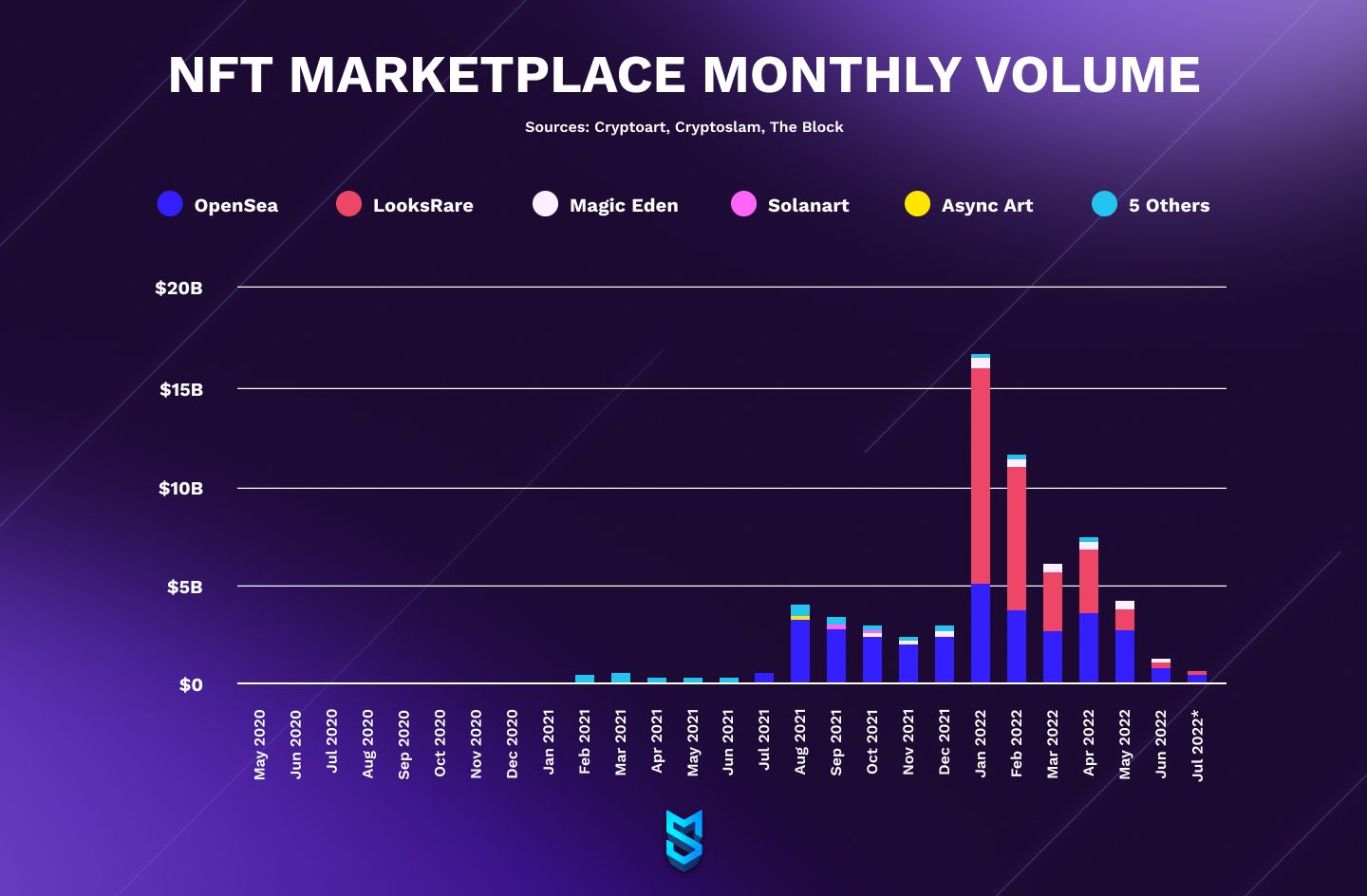
You’ve probably heard of the NFTs sale peak at the beginning of 2022 when the trading volume increased from $2.67 billion in December 2021 to $16.6 billion in January 2022 — over a sixfold rise in a month. The majority came from the NFT collection sales of the blockchain games including Axie Infinity, CryptoPunks, and Bored Ape Yacht Club.
After a significant spike in January, however, NFT trading volumes have consistently declined, with their worst 12-month performance of $1B in June 2022. Experts say it’s because NFTs were being affected by the buzz surrounding the possible bitcoin crash. On June 18, 2022, the bitcoin value plummeted to $17,567 — the lowest price since December 2020. Alongside this, the key trading platform Binance has suspended bitcoin withdrawals.
Was it all a forerunner to the total breakdown of the NFT gaming industry? No.
The thing is that non-fungible tokens built on the blockchain solve the biggest pet peeve of millions of gamers worldwide: ensure their ownership of the game collectibles they paid for. We at Mind Studios believe that this technology gamers — and we among them — have been waiting for over 20 years is destined to succeed.
As a founder of crypto investment company Mythos Capital and crypto media company Bankless Ryan Sean Adams stated, we live in “the earliest of early days” of the NFT market that someday will have a trillion-dollar size which “we’re just .01% of the way in”.
So being at the root of the emerging NFT gaming market, you have all chances to develop a highly profitable business despite any ebbs and flows. The major role here is the expertise of your NFT game development team. The reliable partner will help you with everything from creating an NFT game and laying a good game economy to picking the right time for launch and initiating a powerful marketing campaign.
NFT standards
Different standards exist to ensure interoperability and compatibility of NFTs across various platforms. Here are some of the main NFT standards explained:
Ethereum NFT standards (ERC-721 & ERC-1155) |
With ERC-721, each token is unique and can't be exchanged on a one-to-one basis with other tokens. This makes it suitable for representing individual assets like digital art or collectibles. ERC-1155 is more efficient in terms of gas costs, as it allows a single contract to manage multiple types of assets. Each token can represent a unique item (like ERC-721) or be interchangeable with other tokens of the same type (like fungible tokens such as ERC-20). |
Flow Blockchain |
Flow is a blockchain designed for NFTs and other digital assets. It has its own standard for NFTs, offering features like low transaction fees and high throughput. Notable projects like NBA Top Shot have used the Flow blockchain for their NFTs. |
Binance Smart Chain (BEP-721 and BEP-1155) |
Binance Smart Chain is a blockchain that has its own standards for NFTs. BEP-721 is similar to ERC-721, and BEP-1155 is similar to ERC-1155. Basically, they’re analogs for Ethereum standards compatible with the Binance ecosystem. |
Layer 2 solutions |
Layer 2 solutions are Ethereum-compatible and aim to address Ethereum’s scalability issues as well as reduce its transaction costs. They often support existing Ethereum standards, making it easier for developers to deploy NFTs on these networks. Here are some examples of Layer 2 solutions:
|
Tezos (FA2) |
Tezos is a blockchain platform that also supports the creation and management of NFTs with its own set of standards, one of which is FA2. While FA2 is primarily designed for fungible tokens, his standard is versatile and can be extended to handle non-fungible tokens. It allows developers to create both fungible and non-fungible tokens within the same contract, providing flexibility for various token use cases. |
How to create an NFT game step-by-step?
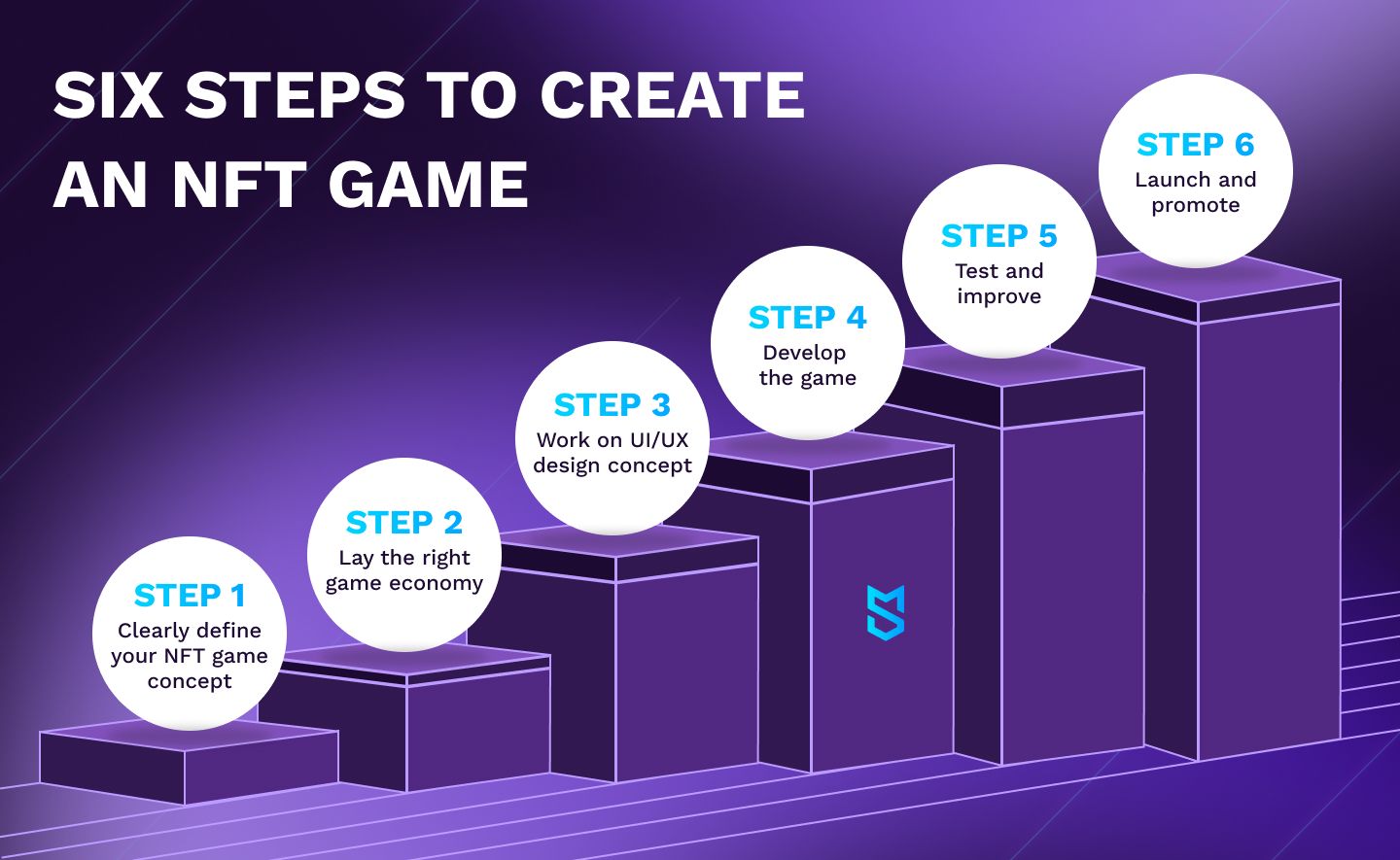
Did you know that the quality of the pre-development preparation has more to do with the success of your NFT game than the development itself? According to our experience in creating numerous gaming projects, we’ve highlighted six core steps you'll need to take to bring your NFT project to life with little to no hassle.
Step 1 — Clearly define your NFT game concept
At first sight, it seems that the NFT gaming market is now one wide open blue ocean teeming with opportunities, so that any NFT game, properly promoted, can become a hit in no time.
However, if you wonder how to develop an NFT game successful in the long run, it’s worthwhile to be well-prepared. First, conduct thorough market research. You need to ensure that there’s room for your idea. For this, you need to identify and study your main competitors. By analyzing competitors, you’ll get a clear picture of their strengths and weaknesses not only in the game mechanics and functionality but also in the game economy and marketing campaigns. More so, you’ll be able to analyze competitors' user reviews and dive deeper into your target audience’s pains and wants.
Here and beyond, your established NFT collectors can be a storehouse of valuable insights. Once you’ve created your NFT collection and people begin to buy your items, you can appeal to them to ask their opinion at any stage of your game development.
Thanks to this preliminary research, you’ll get vast data that will help you turn your nebulous idea into a clearly defined NFT game concept including game type, blockchain, and platform for launch.
NFT game types to choose from
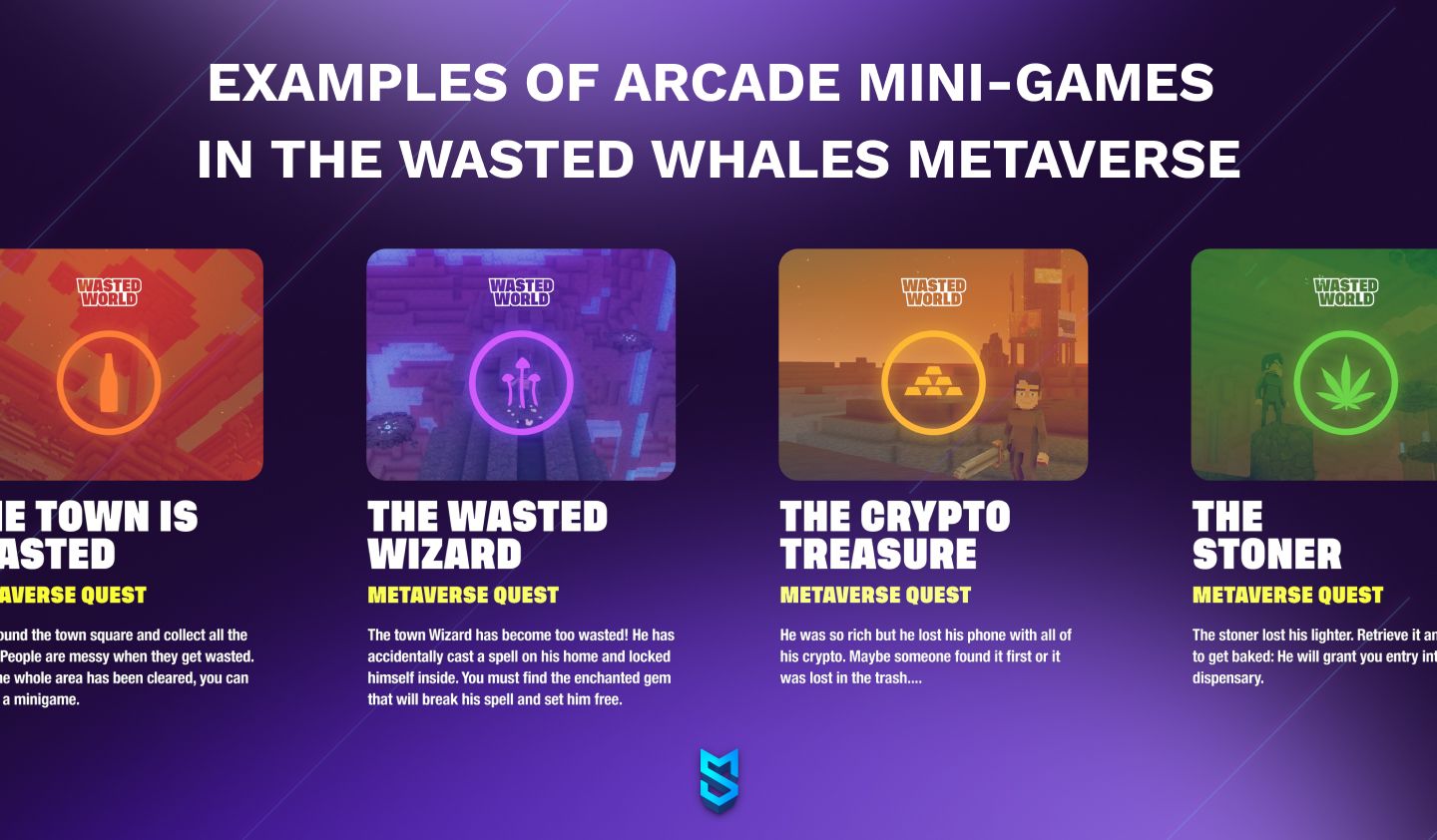
If you’ve already decided on your game genre and your NFT collection style — awesome. If not, you might come up with some fruitful ideas by learning from popular NFT games in 2022. To name a few:
- Role-playing games (RPG) like Six Dragons or My Crypto Heroes
- Massively multiplayer online role-playing games (MMORPG) like Legends of Bezogia or DoRac
- Multiplayer online battle arena games (MOBA) like Thetan Arena or Brawl Stars
- Card battle games like Gods Unchained or Sorare
- Metaverse video games like Sandbox 3D or Alien Worlds
- Player versus player (PvP) and player versus environment (PvE) games like RaceFi or Star Atlas
- Creature breeding sims like Axie Infinity or Crypto Kitties
- Arcade games with a lot of mini-games included like Wasted Whales or Crypto Shooter
Platforms for launch
Games can be played on mobile devices, desktops, consoles, and web browsers. In theory, all four options are valid for NFT game development as well. However, it’s not all that smooth in practice.
As long as the NFT market is ill-regulated, there are some obstacles to distributing NFT games. For example, Apple App Store and Google Play Store are now suspicious of games incorporating NFT items because of their fraud concerns. However, neither App Store nor Play Store clearly define their policies on whether they allow or deny NFT games. Because of this, NFT games on app stores are a rarity.
You can build your NFT game app, but whether you could eventually launch it on the app stores will depend on the human factor of each particular app store reviewer.
In terms of desktops, Steam, the ultimate gaming platform that holds 75% of the market share for PC games, also banned crypto NFT games on October 15, 2021.
All these roadblocks lead the majority of founders to develop their NFT games as progressive web apps (PWA) and distribute them via their websites.
We at Mind Studios use the Unity engine for NFT-based game development. We do it because it’s cross-platform, which means we can build NFT games for different platforms effortlessly. For example, after we develop the game for a web browser using the WebGL build option when required, we can easily build a mobile version of this game — by slightly tweaking UI and control panel.
Blockchains for NFT game integration
In addition to choosing the platform for launch, you need to define the blockchain on which you’ll build your NFT game. You need to make this decision right from the start because in the midst of the development process it'll be rather hard to switch to another blockchain.
Before, we’ve mentioned the Ethereum blockchain as the most commonly used option, although not the only one. We’ve broken down popular blockchain networks by five key criteria and compared them in the chart below:
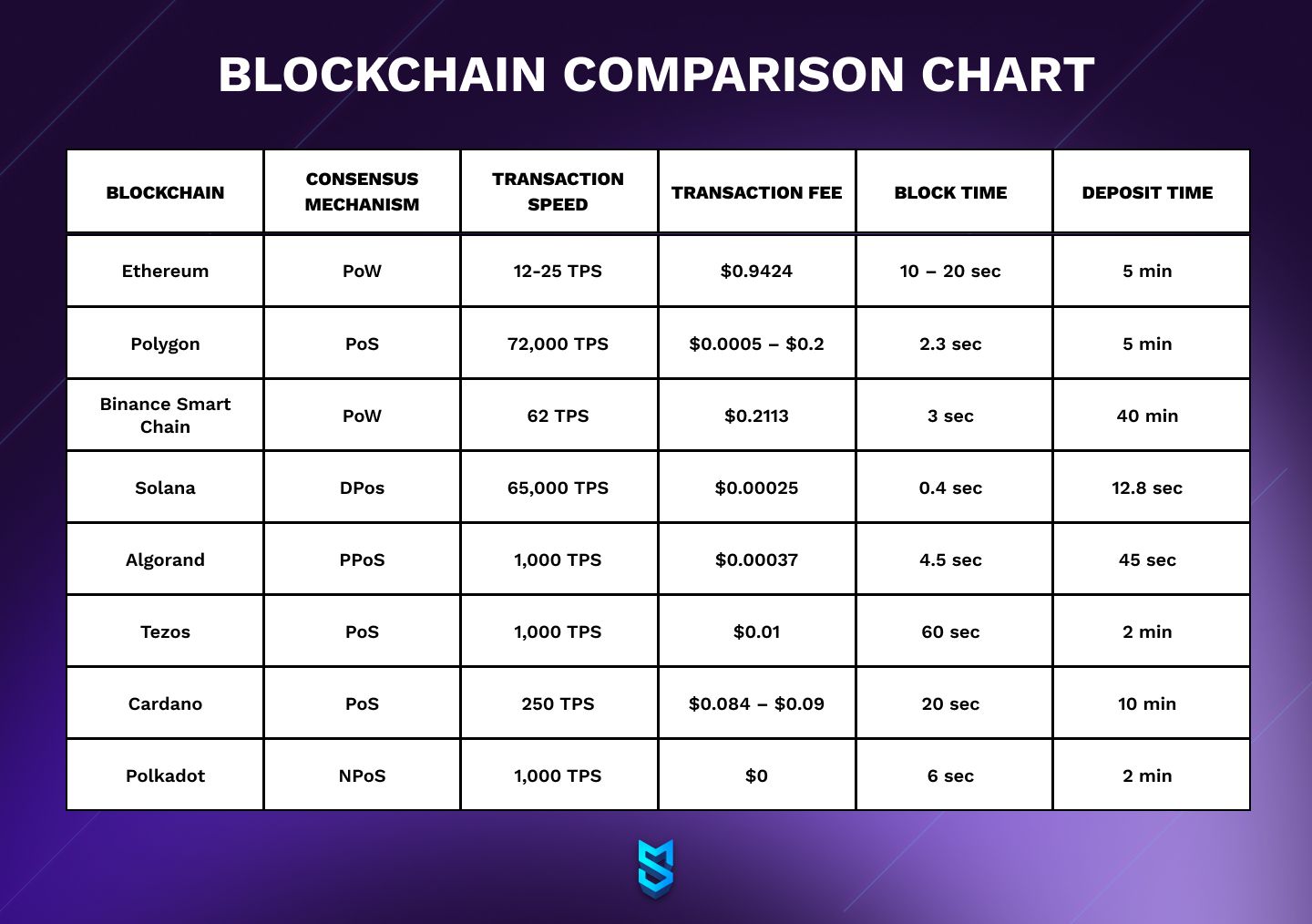
Depending on your game type, data received from your market research, and with the help of an experienced project manager, you’ll be able to pick the right blockchain for launching your NFT game.
Step 2 — Lay the right game economy
The most important task of this step is to design game mechanics so that it facilitates your NFT assets’ growth. A poor game economy could cause inflation and significant NFT cost decline.
Let’s hypothesize an example. You announced the start of your NFT sword sales: a one-of-a-kind sword for $100 each. In a year, you launched your NFT game in which a player needed to collect 10,000 crystals and open a trunk to get one of those swords from your NFT collection. The more players play your game, the more meet the required conditions, and the more get cherished swords. With the increase in the number of these swords, their cost will fall from $100 per sword to some miserable 5 cents.
You need to keep valuable items valuable — it’s vital for your NFT game's successful long life.
How to develop NFT apps that support native NFT collectibles’ growth in value? Managing a virtual game economy isn’t as easy as one would think, however, we have a couple of proven tactics up our sleeve:
- Create different in-game items’ scarcities
- Implement extra in-game currencies
- Develop more games where the same NFT collectibles can be used
Since every project is unique with different requirements, the ways to lay the right game economy could vary case to case. If we take your project into development, our project manager will offer you several options, by discussing which you'll choose the one that best suits your requirements.
Step 3 — Work on UI/UX design concept
At this step, together with your NFT game development team, you’ll create your NFT game prototype that visualizes the game’s structure and basic features. Actually, there will most likely be several prototypes among which you’ll choose the most winning one.
While we're in the dark about the specifics of the NFT project on your mind, we offer you to itemize the basic features that form the backbone of every NFT game. We can discuss everything extra during our consultation.
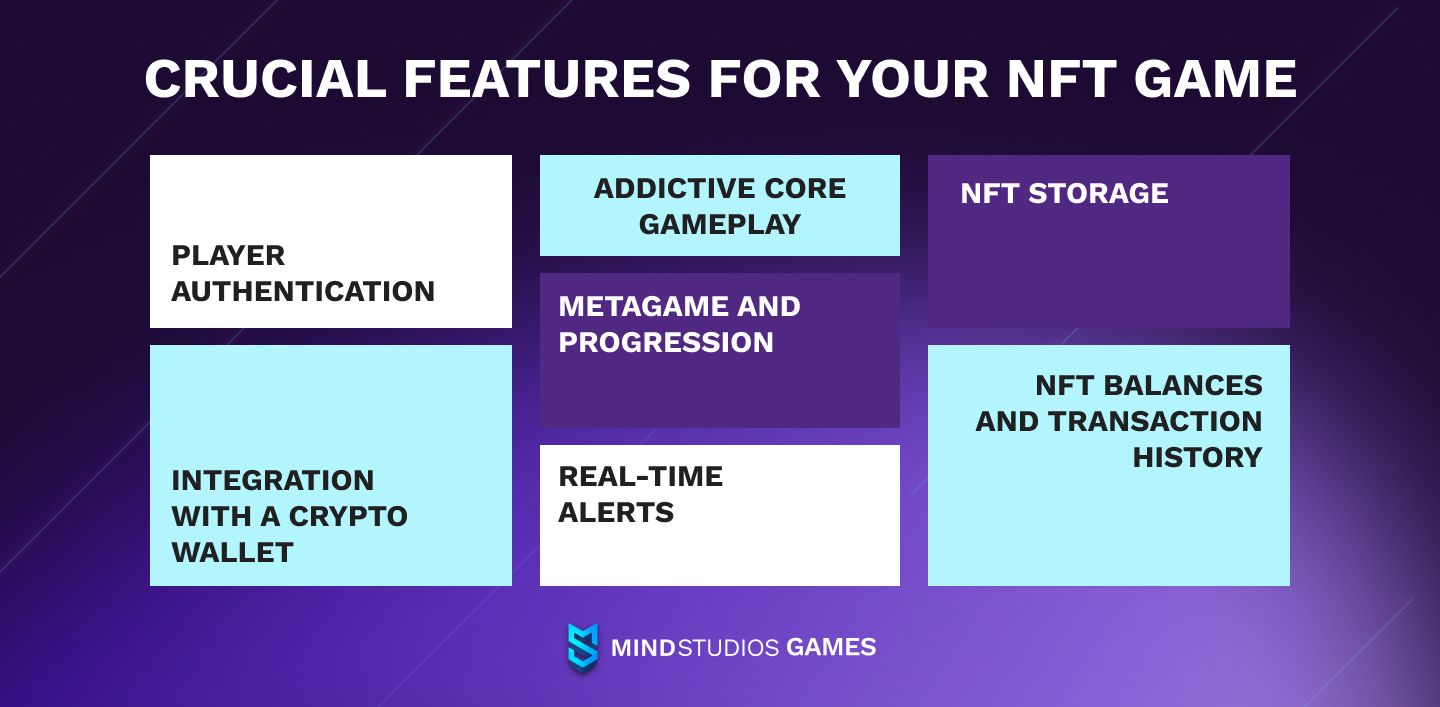
In the end, your team will compose a game design document that will highlight both functional and non-functional requirements that are needed for subsequent development. A GDD often includes:
- Description of game scenarios
- Description of game collectibles
- The use of non-fungible tokens
- The UI design concept with agreed-upon game prototype
- The game architecture with required tech stack
Step 4 — Develop the game
The full-cycle NFT game development includes linking frontend, backend, and crypto wallets for those games where it’s supposed only to use NFT items, not selling or exchanging them.
If you plan to allow players to obtain, buy, sell, or exchange NFT items within the game, in addition, you’ll need to integrate smart contracts into the game to run it on the blockchain.
Three steps below will demonstrate how to create NFT games using Unity, WebGL, and MetaMask:
- To enable your Unity content to run in a web browser, you need to select WebGL in Unity’s main menu and switch platforms. The WebGL build option transforms Unity content into JavaScript programs backed by HTML5 and APIs suitable for web browsers.
- Use the Unity platform and WebGL build mode to create your game graphics, avatars, 2D or 3D scenes, etc., and develop your front-end part.
- Set up a Web3 authentication via MetaMask to identify the NFT items available in players’ crypto wallets.
Step 5 — Test and improve
How to make an NFT game bug-free before launching it on a website? Like any other software, you need to test your NFT game. For this, our developers and quality assurance engineers conduct four main stages of testing:
- Smart contracts testing (if you integrate them) to ensure your dapp game mechanics, transactions, NFT trading, etc. run on the blockchain alright. For this, tools like Ropsten from the Truffle suit are often used.
- Unit testing to identify and fix critical bugs immediately during development.
- Alpha testing to assure the game meets all previously set functional and non-functional requirements according to the GDD.
- Beta testing to pass inspection made by genuine users when they actually play the game, record bugs they bump into, and give reports to QA specialists.
Step 6 — Launch and promote
After the above-described steps are taken, you’re ready to launch your NFT game in the market. As for promotion, we suggest making the buzz around your NFT game launch and building a marketing strategy prior to development and NFT collection pre-sale.
Once you start to get collectors — buyers of your NFT collection — you also need to continuously fuel their interest in your plan-to-develop NFT game. You can conduct different polls, ask for their feedback, use them as your beta testers, and inform them about the game development progress.
The more closely you’ll work with your target audience throughout the game development process, the more stunning results you’ll ultimately achieve starting from the number of downloads to return on investment to your brand awareness.
NFT game development cost & timeframes
To let you know how long does it take to develop a game and how much the NFT-based game development process would cost, we need to be aware of all inputs, including:
- whether you have a ready-made NFT collection
- whether it’ll be 2D or 3D graphics and how detailed the graphics will be
- the tech stack your project will require
- the complexity of your NFT game functionality, and more
To kick off, building a 2D NFT arcade game requires bringing in the following specialists:
- 1 project manager
- 1 UI/UX designer
- 1 2D/3D artist & animator
- 1 Unity developer
- 1 Ethereum blockchain developer (optional)
- 1 quality assurance specialist
The cost to build an Ethereum-based NFT game with simple-ish graphics and no smart contract implementation will start from the following values:
| Stage | Time, hours | Cost, USD |
|---|---|---|
| Discovery | optional | 0–$1,200 |
| Game design & Wireframing | 40–80 | $1,000–$2,000 |
| 2D/3D Art & Animations | 40–160 | $1,000–$4,000 |
| Unity development | 160–320 | $5,000–$10,000 |
| Backend development | optional | 0–$3,000 |
| Testing & Deployment | 40–80 | $1,000–$2,000 |
| Total | 400–800 | $10,000–$20,000 |
In case you’ll need extra 2D/3D artists and animators (for characters, items, backgrounds, etc.) or blockchain developers to implement smart contracts, the cost to develop an NFT game will increase under these conditions.
How to reduce the NFT game development cost
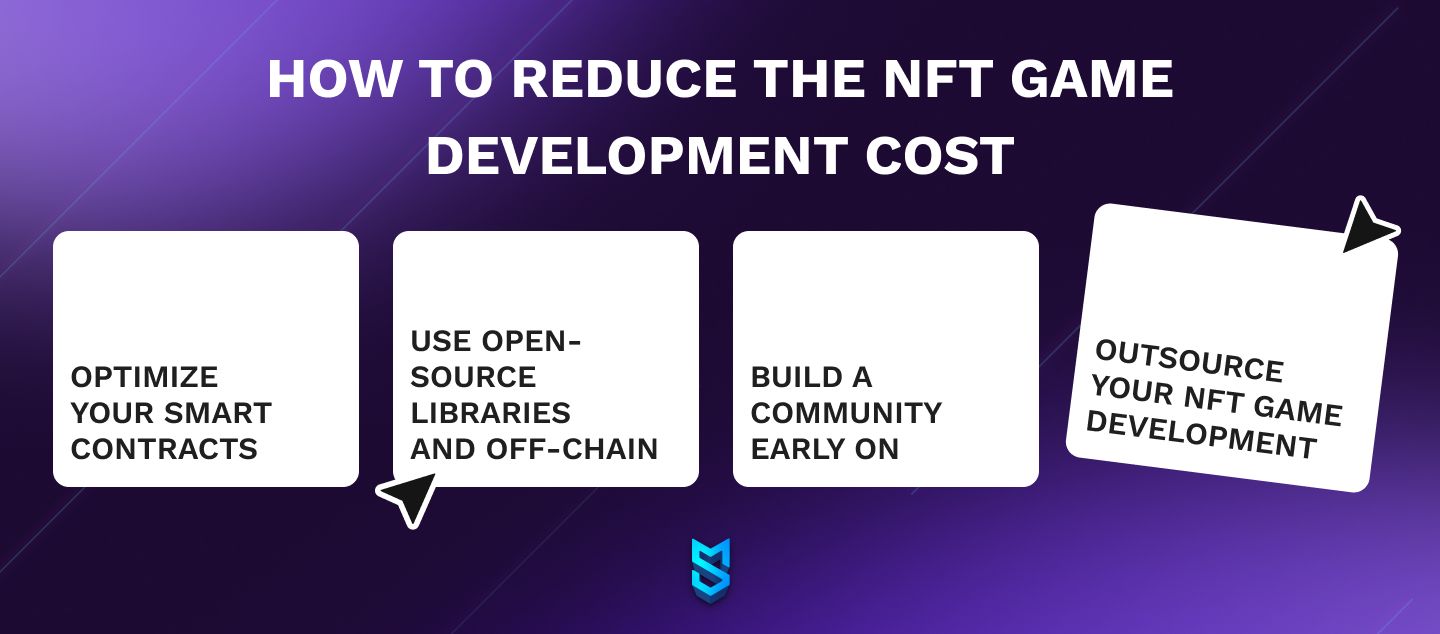
Among main challenges of NFT game development, the place of honor belongs to the gas fees. Blockchain transactions always involve gas fees, so the more transactions players perform, the higher the fees. This might turn away players, which will be a loss for you as the game owner.
The simplest way to lower the development cost of an NFT game is to avoid smart contracts. In terms of developing NFT games with a play-to-earn model, smart contracts are not always mandatory. For example, if you plan to create an arcade game where players can simply use their NFT items (without obtaining, selling, or exchanging them in-game), you don’t need smart contracts.
However, if you wish to allow trading of NFTs, there are still ways to lower the prices.
Optimize your smart contracts
Smart contracts allow transactions in trades and exchanges to happen under conditions dictated by developers/traders. Moreover, thanks to smart contracts, the original NFTs’ owner can receive royalties that will be deposited into their crypto wallet every time players resell the native NFTs. Therefore, smart contracts can enrich the functionality of any NFT game.
Smart contracts may be optimized via:
- Optimizing the code of smart contracts
- Minimizing necessary computations
- Choosing standards with lower fees than Ethereum, like Level 2 solutions or Binance Smart Chain
Use open-source libraries and off-chain
Non-essential functionality in your NFT game can be moved off-chain to reduce the load and, consequently, gas fees. And open-source libraries can be a big help for such non-essential or common functionality. Besides, open-source solutions come pre-built and tested.
Build a community early on
Community is a huge asset for any game development project, and NFT game development is not an exception. An active community can help with:
- Feedback at all stages of development
- Troubleshooting
- Early detection of bugs
- Marketing
If you have access to the developers’ community, they can also provide solutions to build a better game overall.
Outsource your NFT game development
Outsourcing brings numerous benefits to game creators: wider pool of talents, backup developers in case of unforeseen circumstances, higher speed, and more. But cost-effectiveness is globally recognized to be its biggest perk.
Besides cutting on office space, equipment, and social packages for developers, outsourcing also enables you to choose a team from an area with lower hourly rates. A team that will bring results that are just as good at sometimes half or even one-third the price of your local developers (especially if you’re from the US).
What other problems might arise during NFT game development process
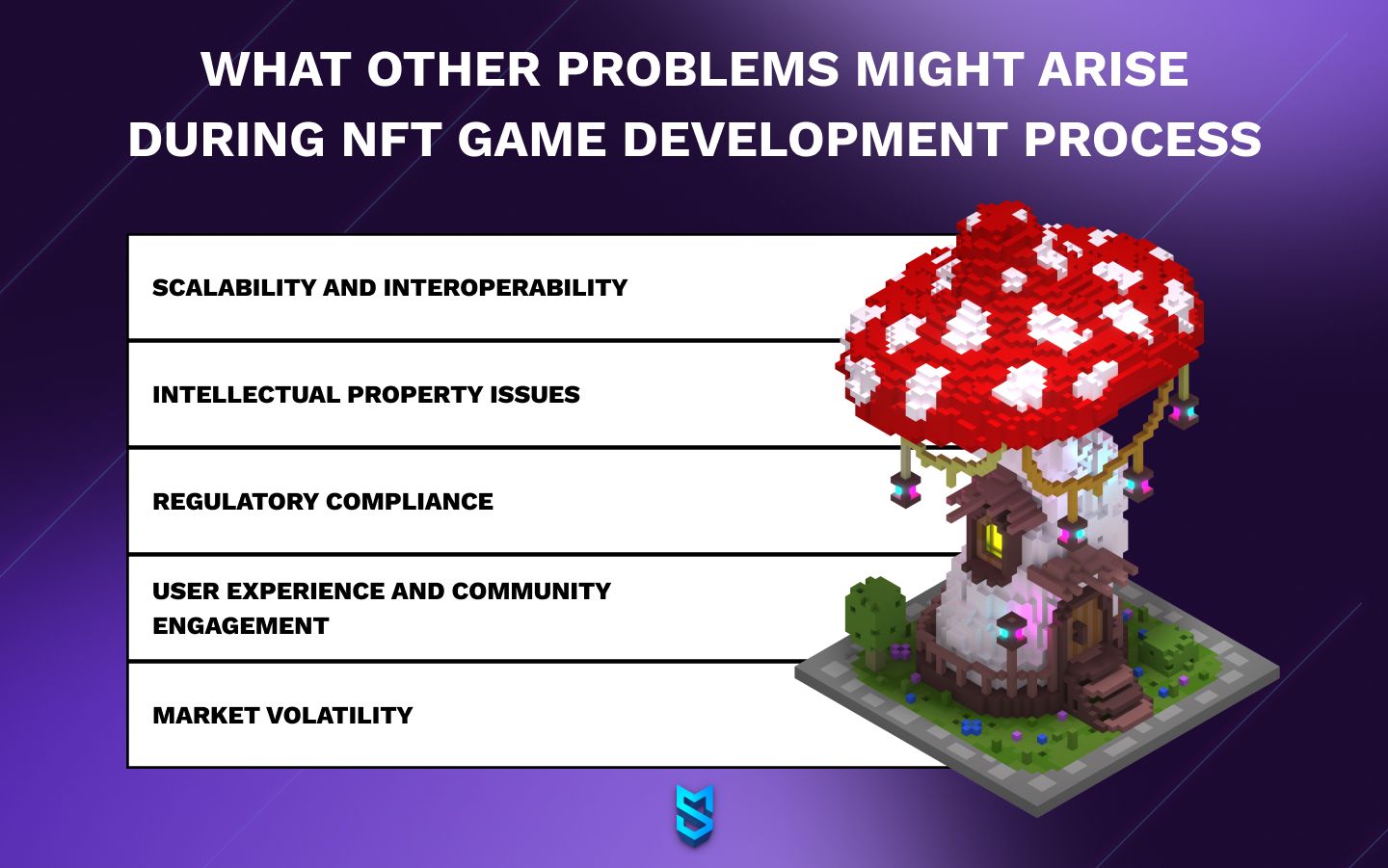
While cost is often the biggest hurdle to overcome in when you want to develop NFT games, there are more things to keep in mind. We’ll just touch upon them briefly.
| Scalability and interoperability | Building an NFT game with long-term success in mind requires you to plan for future expansion. Possible scalability requires more careful selection of blockchain solutions and standards. We recommend choosing standards that are interoperable, like Layer 2 solutions. |
| Intellectual property issues | Especially important if you plan to allow players to trade NFTs that don’t come from you. Monitoring that assets aren’t made of stolen art, ensuring that no intellectual property infringement happens within your game, will ensure its survival. |
| Regulatory compliance | Besides intellectual property legislation, other regulations also govern the blockchain and cryptocurrency industry. Make sure to comply with the legislation in the area your game operates in. |
| User experience and community engagement | NFT game design can be tricky. You need to build your game in a way that blockchain and NFT are inserted into it without disruption. Furthermore, long-term survival of the game will heavily depend on how much of the players’ attention you are able to keep. Hence, it’s essential to listen to your community, address any issues swiftly, and keep new content coming regularly. (Though this part is the same for any game, with or without NFTs.) |
| Market volatility | Finally, the issue of volatile cryptocurrency market is also something you’ll have to deal with. NFT prices outside your game will fluctuate with the crypto prices, and you’ll have to adapt the in-game economy to match. Otherwise, it might become hard to keep trading of NFTs in the game going. |
Mind Studios Games case studies
If you want to create your own NFT game but lack the skills, we can help you. Here, we’ll share a couple of our projects.
Flappy Whales: a 2D arcade NFT game
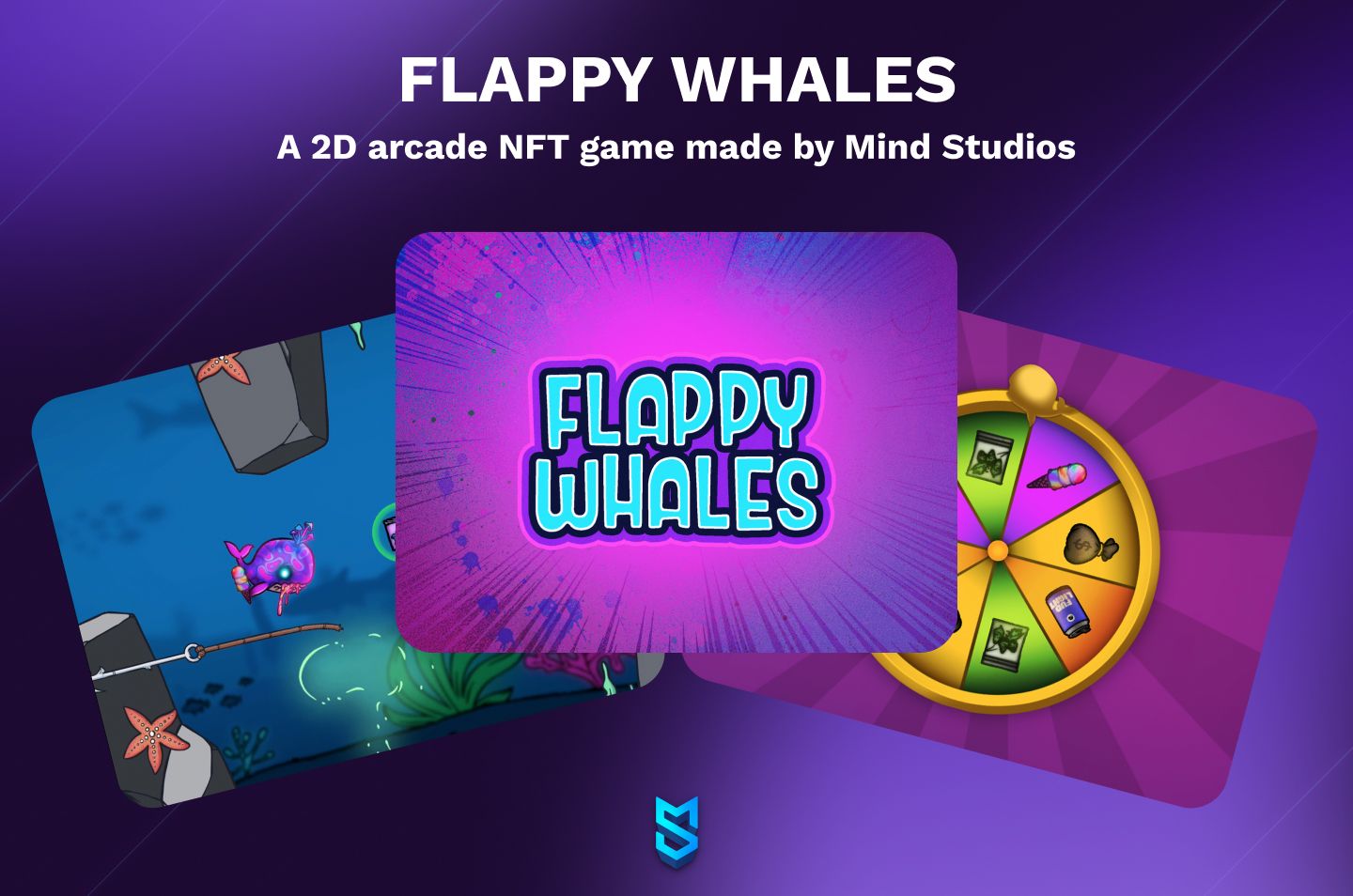
In April 2022, a co-founder at Wasted Whales came to us to build a 2D game based on their collection of sea creatures. At that moment, they already had the base characters designed and illustrated as artwork on OpenSea.
Within a month, we successfully deployed the Flappy Whales arcade — an NFT game for web browsers that is just the first one from the series of arcade machines planned by our client.
Since Metamask seamlessly works with browsers, we used it for player authorization. Once a player gets authorized, the system identifies the NFT sea creatures that the player has bought on OpenSea and allows the player to play them and gain super bonuses, achievements, and top leaderboards.
To create this 2D NFT game, we used the Unity engine which is perfect for building 2D and 3D applications, and WebGL, which is a JavaScript API for implementing interactive 2D and 3D graphics in any compatible web browser without the use of plugins.
Thanks to the effective collaboration, our client expressed his wish to move on to develop a slightly more complex multiplayer NFT game, so we’re in expectation of this project.
Xmanna: a blockchain gaming project
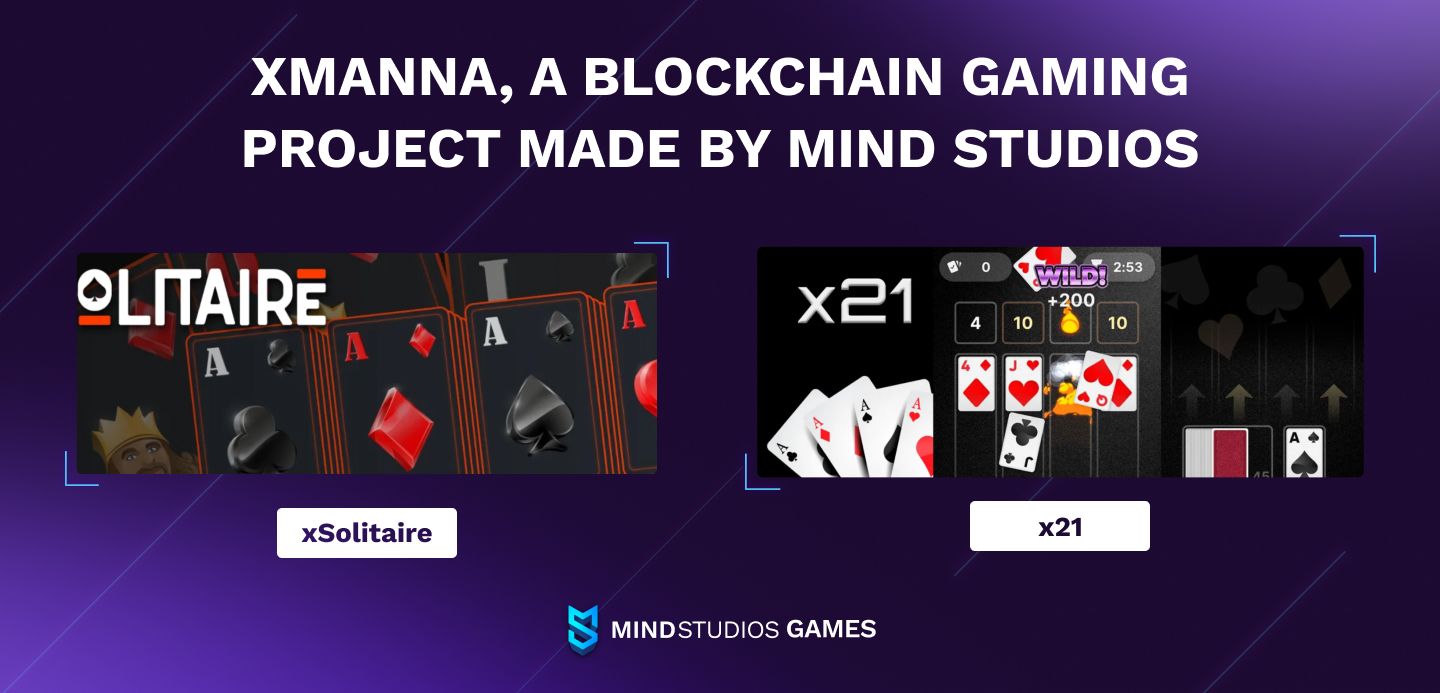
Our developers also took part in developing a blockchain-based project Xmanna — an advanced gaming ecosystem where various sports teams can digitize their stadiums and deliver a completely new type of engaging experience for their sports fans, sponsors, clubs, etc.
We’re involved in creating the MannaVerse with its Sports Team partner land areas where users can take part in a myriad of events and obtain rewards. More so, the Xmanna software provides loyalty applications — white-label solutions for teams that they can customize depending on what they want to bring to their fans and what actions they want their fans to take.
JBAS
The Japanese Born Ape Society project is one of our clients in the area of asset creation. We were involved in building a portion of their artworks for NFTs, as well as the team behind their airdrop.
If you’re interested in our other game development projects, see our portfolio page or read the following articles:
Final thoughts
NFT game creation challenges any game development company. Since it’s a fairly new trend, finding a studio with relevant expertise to boldly undertake an NFT game development project might pose a challenge. But fear not!
NFT market is highly profitable and hyped. Today, there are numerous reliable web3 studios aimed at creating workable NFT games, but NFT scammers also flood the market. Then and there, we witness massive sales of NFT collections for the ostensibly plan-to-develop games or fake game developers who just capitalize on the NFT trading without any interest in the game itself.
In 2022, Mind Studios successfully developed an NFT game for the Web3 studio Wasted Whales, and we’re delighted to try our skills in the next NFT project.
For us as a reputable game development provider, it’s of utmost importance to ensure that the prospect with whom we'll shake hands belongs to the ranks of real game admirers inspired by the Oasis metaverse and Web3 capabilities.
So if you’re determined to develop a crypto NFT game that will match your players' expectations and your success criteria in the long run — you're welcome to fill in our contact form.

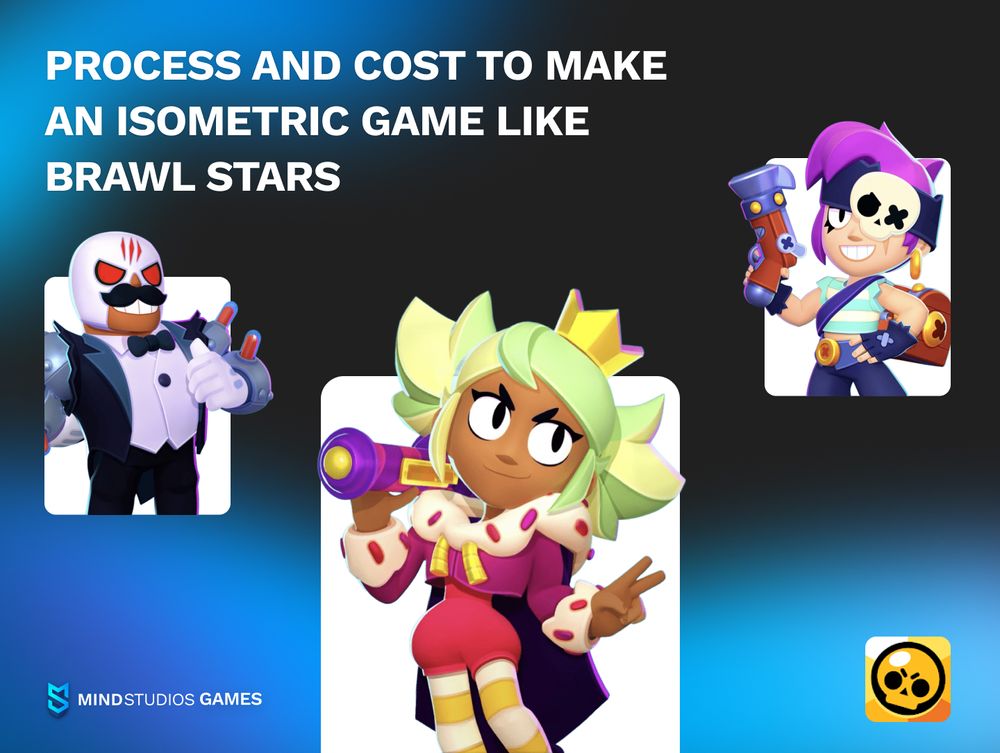
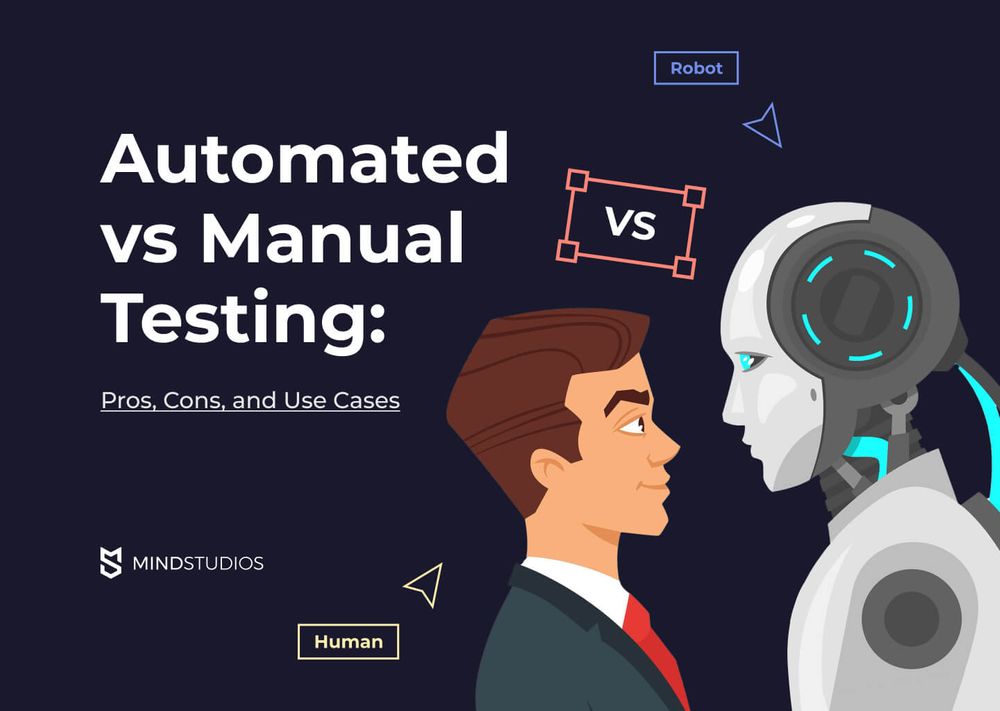
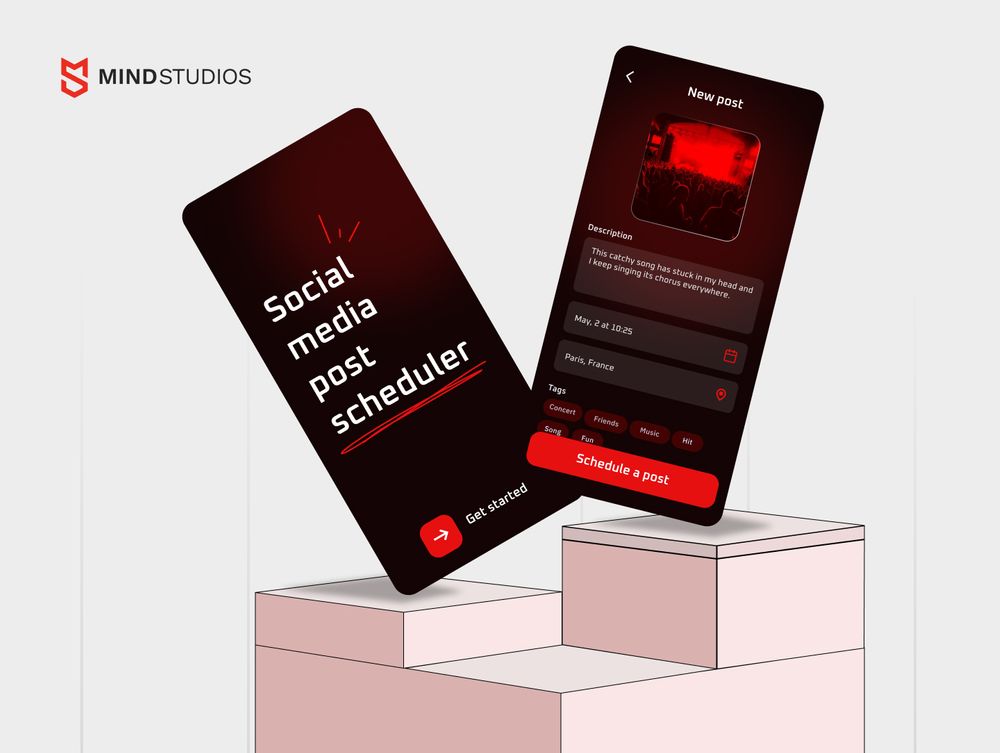
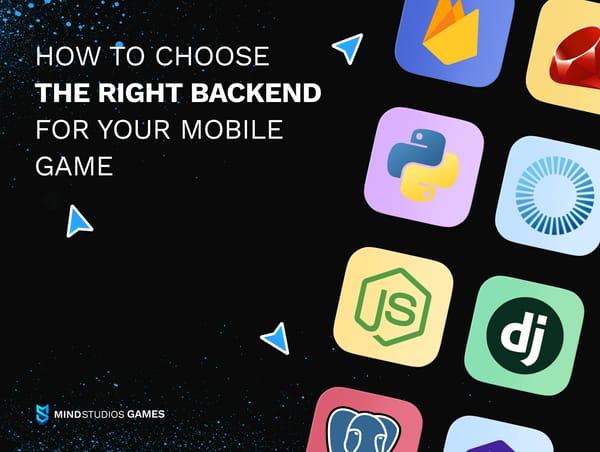

![How to Create an On-Demand Medicine Delivery App [Expert Guide]](https://themindstudios.com/blog/content/images/size/w600/2025/03/IMG-1-Cover-6.jpg)
